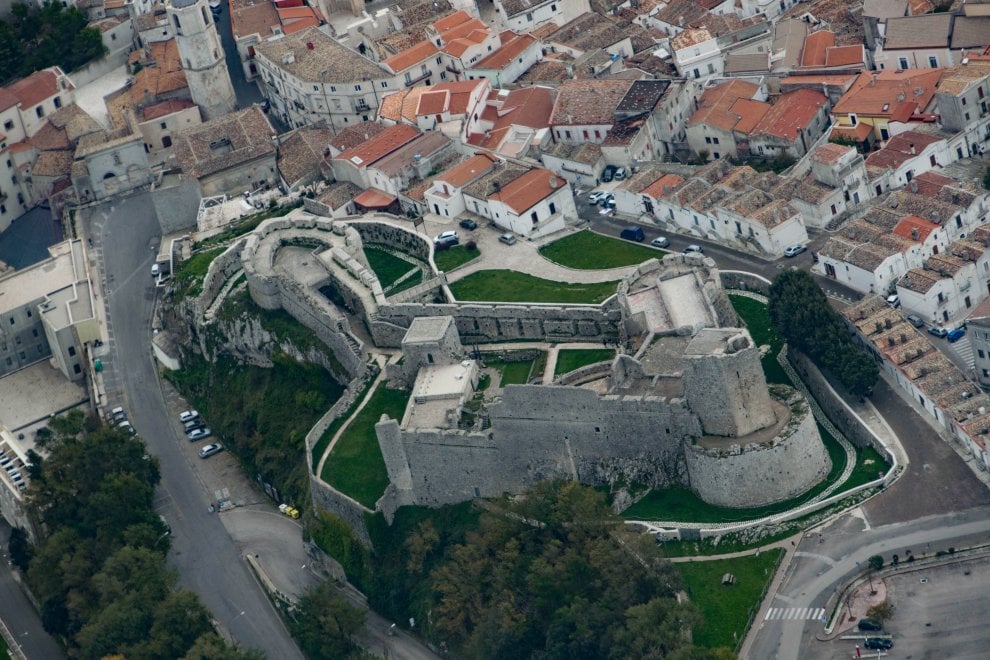
In the footsteps of the Lombards: itineraries of spirituality and power in Puglia
Apulia is one of the most popular summer destinations, especially for its white beaches and crystal-clear sea. However, it also boasts an immense historical and artistic heritage that is not always known to passing tourists. A heritage rich in variety and accents, which sees Greek Byzantine, Arab, Longobard and Christian cultures in dialogue, defining a cultural fabric of multiple iconographic suggestions: in particular, the Longobard one is captivating and evocative for its ability to combine its Germanic substratum with the classical and Roman-Christian tradition. Paul the Deacon, himself a Latin-speaking Lombard, historian and author of the famous Historia Longobardorum, wrote that they were the true continuers, much more than the Byzantines, of Roman civilisation.
Apulia and the Lombards
Lombard Italy was divided into two main areas of influence, Italia maior and Italia minor, the latter pertaining to the southern area and gravitating around the Duchy of Benevento, which after 560 AD absorbed the Gargano. Here, from the 5th century, the cult of the Archangel Michael had imposed itself, congenial to the Lombards who saw in him the characteristics of the pagan ‘Wodan’, god of war, protector of heroes and fighters.
From the 7th century, the site became the national shrine of the Lombards. Devotion to St Michael spread throughout the West and Monte Sant’Angelo became the model for all shrines built in Europe, including the Norman shrine of Mont-Saint-Michel.
The main Lombard dynasties carried out renovations to facilitate access to the primitive grotto and the shelter of pilgrims, as confirmed by inscriptions found on site. Determining the Longobard language, over the entire Italian territory, thus making it a common matrix, is the so-called practice of “stripping”, an activity that by reusing materials from previous architecture of Roman origin, guaranteed both the preservation of a high degree of beauty, as well as the strength of a clear and conscious symbolic message, legitimising the new because it was founded on the foundations of the ancient, glorious and universal.
The new artistic and architectural trends they elaborated, together with the contributions of oriental artists and craftsmen engaged in the building sites, became the foundations on which the subsequent Carolingian ‘renaissance’ and the spread of a culture that was for the first time ‘European’ were based.